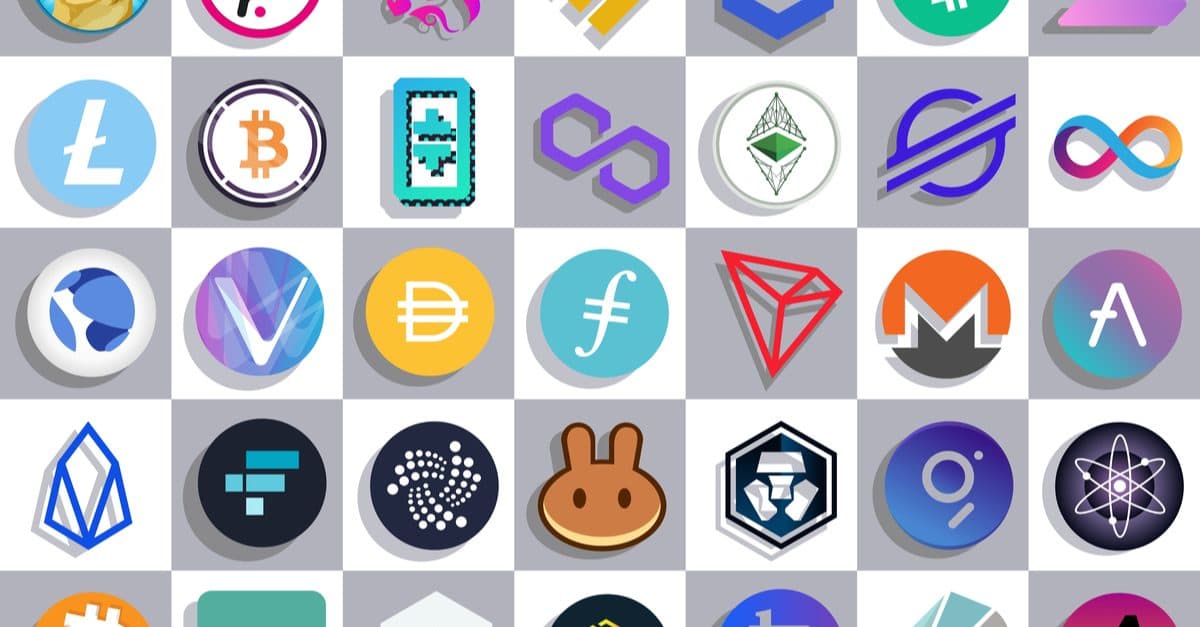Solana, Cardano, Avalanche Could Threaten Ethereum DeFi Dominance
Layer-1 competition is heating up

Source: Shutterstock
- Demand for lower transaction costs and higher throughput than what Ethereum networks provides has opened the door for alternative Layer-1 players
- VanEck’s head of digital assets research points to Solana as leader of about half a dozen Layer-1s that could someday rival Ethereum
Competition within the Layer-1 space is heating up, as such protocols and their native tokens that look to rival Ethereum have seen sharp growth in recent weeks.
Although growth seen with the Layer-1 and Layer-2 sectors could ultimately benefit Ethereum, its dominance in the space is shrinking, according to a July blog post by crypto data provider Messari. Of the $110 billion dollars in total value locked, or TVL, Ethereum controls roughly 77%, down 20% from five months prior, Messari research analysts Roberto Talamas and Wilson Withiam wrote.
Matthew Sigel, head of digital assets research at fund manager VanEck, said the proliferation of competing Layer-1 smart contract platforms has come about amid a higher demand for transaction prices and throughput that are lower and faster than what the Ethereum network provides.
“The Layer-1s that can promise more transactions per second are starting to get more attention from investors,” he told Blockworks.
The market share of all smart contract platforms, as a percentage of total crypto market cap, has increased from 14% at the beginning of 2021 to more than 27%, Sigel noted in a blog post published earlier this month. Ethereum accounts for 80% of this smart contract category, which is down about 8% over that span.
A look at Ethereum’s competitors?
There are about half a dozen Layer-1 smart contract protocols with the track record, size and community engagement to perhaps someday rival Ethereum, Sigel argued.
He pointed specifically to Solana, which claims to be the fastest blockchain in the world. It has 400 millisecond block times and transaction prices below $0.01 for developers and users, according to its website.
“In the case of Solana, the idea that you could get 50,000 transactions per second, which would rival Nasdaq, opens up the potential to just securitize any number of existing assets, tokenize them and trade them in parallel using the Solana network,” Sigel explained. “…That is still a mind-blowing prospect that very few people have wrapped their heads around.”
Solana’s native token, SOL, reached a price of $121 Tuesday morning, an increase of 18% from a day ago and up 234% in the last 30 days, according to CoinGecko data.
“There’s just enough acceptance of the power of decentralization that people are willing to explore what it would be like to have a decentralized Nasdaq, and there just wasn’t the awareness and the infrastructure ready until now for that,” Sigel said.
Galaxy Digital CEO Mike Novogratz also highlighted Solana, as well as Terra’s LUNA token as Layer-1 protocols that are “booming,” during the company’s second quarter earnings call earlier this month.
LUNA’s Tuesday morning price of $33.43 was up 208% from 30 days ago.
The ADA token of proof-of-stake blockchain platform Cardano is now the third-largest cryptocurrency by market capitalization, which was $90 billion on Tuesday morning, CoinGecko indicates. ADA’s price of $2.78 was up about 110% from 30 days ago.
Another coin to see massive price growth is AVAX, the token of the Avalanche blockchain, which was up about 215% over the last 30 days as of Tuesday morning, CoinGecko indicates.
Layer-1 developments
Avi Felman, co-portfolio manager at BlockTower Capital, said that after EIP 1559 — a proposal to reform the Ethereum fee market — there was a lull in narrative for Ethereum. Alternative Layer-1s seized this opportunity and pushed hard on efforts to onboard new users, he noted.
Solana’s recent surge in prices follows increasing demand for non-fungible tokens. Solana’s network was used to help create NFTs such as the “Degenerate Ape Academy” in recent weeks. Solana revealed on Twitter several days ago that it was to reveal more news on Tuesday.
Cardano gets set to execute a smart contract upgrade on its main network with a hard fork that is set to occur on Sept. 12. David Tawil, president of ProChain Capital, previously said that an uptick in adoption of the network could justify a valuation that is similar or equal to Ethereum due to the functionality becoming the same or better.
“We’re lucky to have very smart and ambitious competitors focused on [smart contracts],” he noted. “These participants will continue to sharpen each other; it is capitalism in the truest sense.”
The new Avalanche Bridge, which allows users to transfer DeFi tokens and programs from the Ethereum network to Avalanche, has already seen over $1 billion in assets transferred since launching a month ago.
Avalanche then introduced a $180 million liquidity mining incentive program in an effort to entice developers to begin exploring its blockchain. The blockchain added DeFi protocols Aave, Curve and Sushi as part of the program.
On Monday, Fantom revealed it has committed a total of 370 million FTM, currently valued at about $300 million, to distribute to protocols developed on Fantom.
“The playbook now seems to be simple,” Felman told Blockworks. “Build a functional [Ethereum to alternative Layer-1] bridge, onboard blue chip DeFi protocols, launch a few NFT projects, and introduce massive incentives to port over.”
Want more investor-focused content on digital assets? Join us September 13th and 14th for the Digital Asset Summit (DAS) in NYC. Use code ARTICLE for $75 off your ticket. Buy it now.






